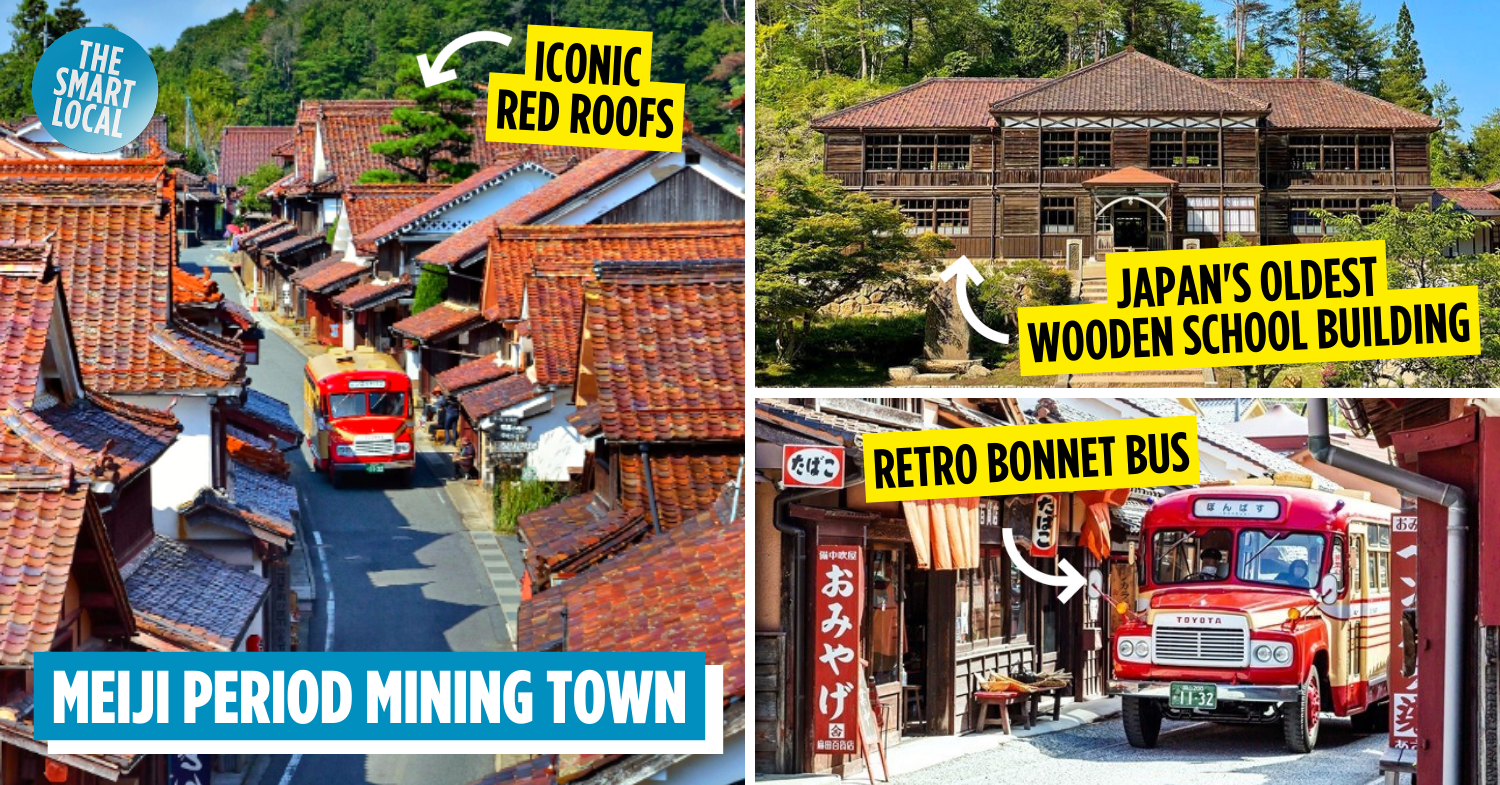Fukiya Furusato Village
From afar, Fukiya Furusato Village is a 1.5km stretch of red houses atop a lush green mountain range in Okayama Prefecture. Up close, it is a piece of living history preserved through the combined efforts of townsfolk for hundreds of years.
Red village dyed in history
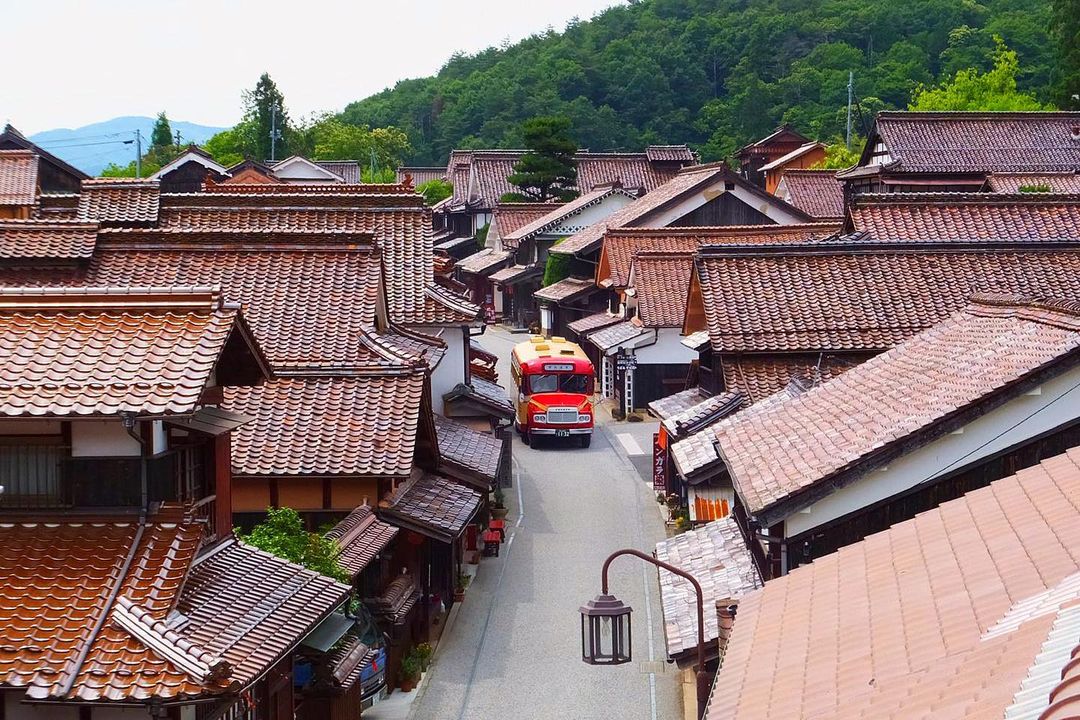
Image credit: @japonalternativo
Fukiya Furusato Village looks like a painting created with a palette of red. The iconic warm hue is a combination of 2 historical relics – sekishu-gawara (石州瓦; Sekishu-style roof tiles) and bengara (紅柄) pigment.
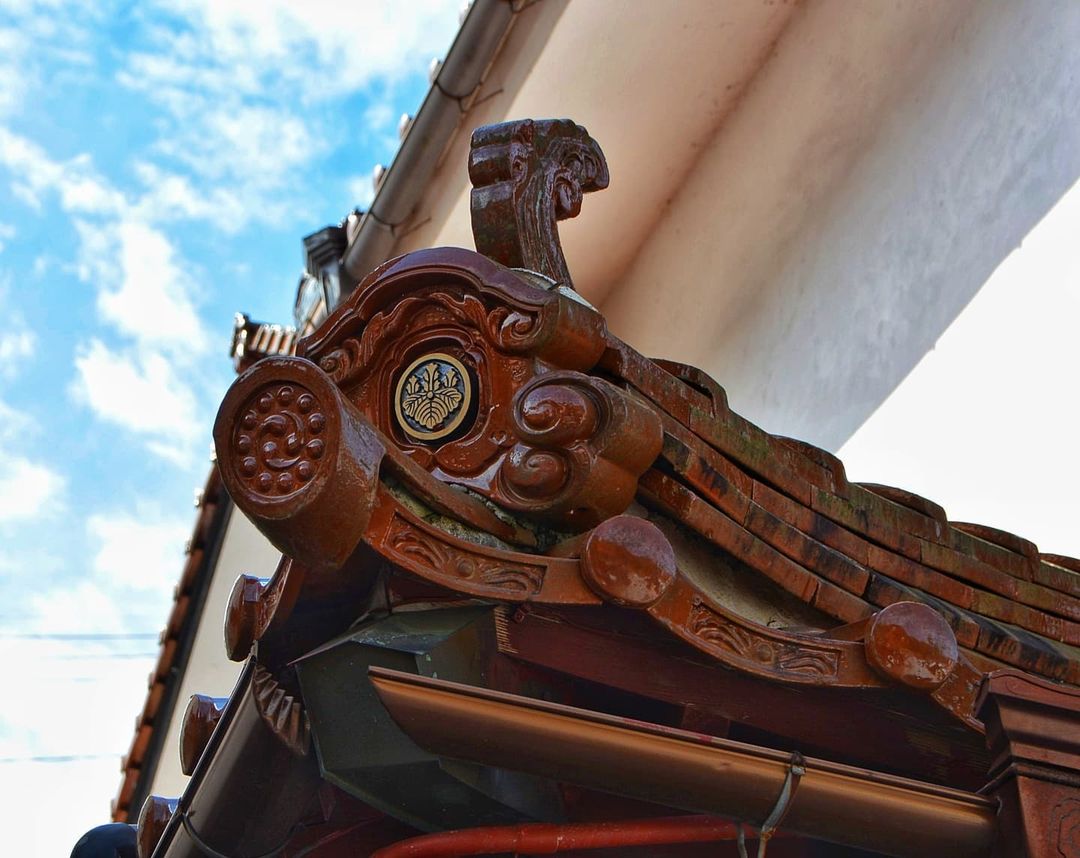
Image credit: @yoko_lost_in_japan
All buildings in the village are covered with sekishu tiles. One of Japan’s 3 most famous clay roof tile types, sekishu tiles are made with high-quality white clay with high iron content, which is then fire-baked to produce a trademark rusty colour that never fades. It’s no wonder that Fukiya Furusato Village has retained its enchanting crimson tone throughout the years.
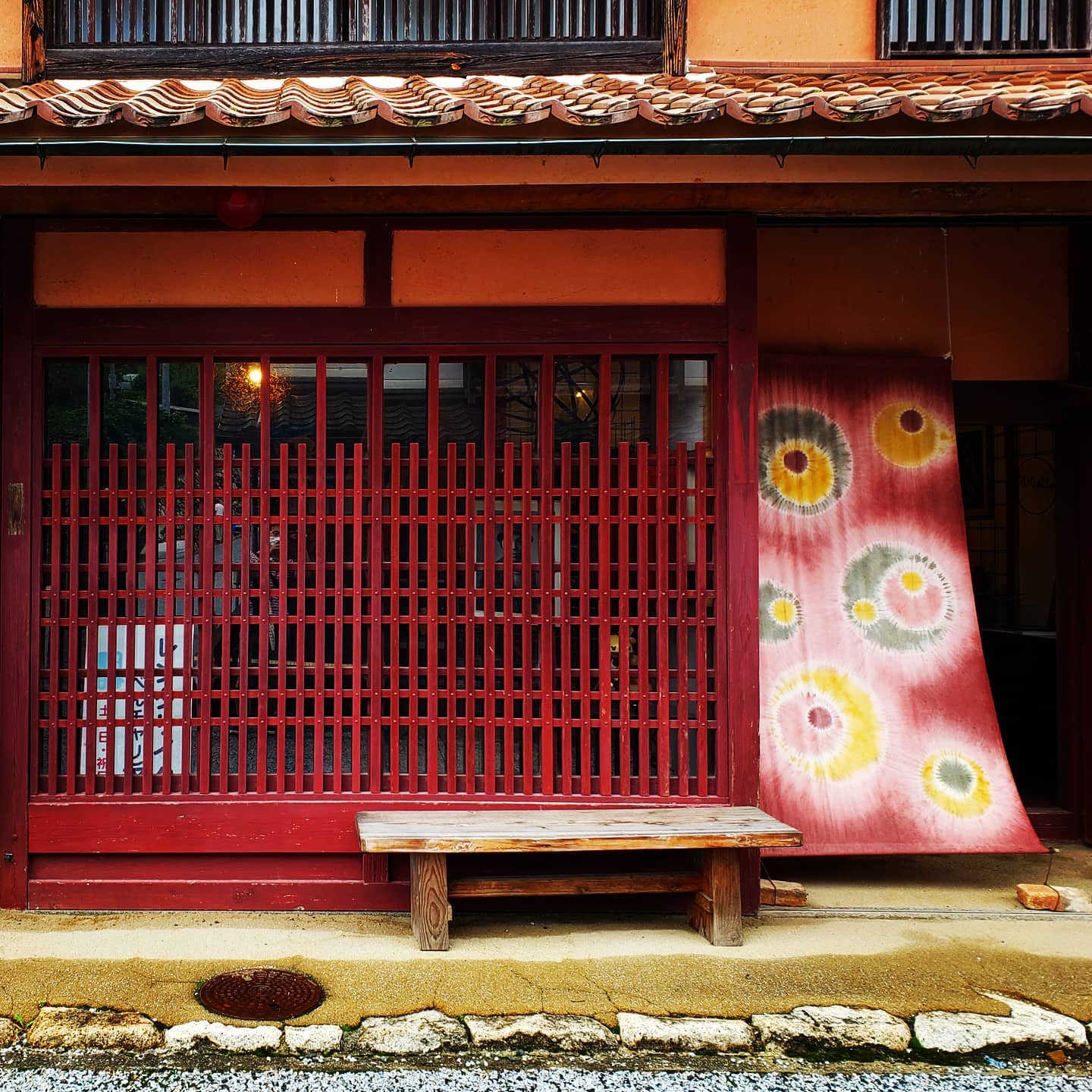
Image credit: @junya_photograph
As for the red walls and window lattices, they are painted with bengara pigment, which is obtained from oxidised iron as a by-product of mining. Until the late 19th century, this colour pigment was unique to Fukiya Furusato Village.
In fact, these earthy red tiles were the keys to prosperity for this copper mining town for 300 years. The tiles were highly coveted for its beautiful colouring, tough quality, and fire-resistance, which drew customers from all over Japan.
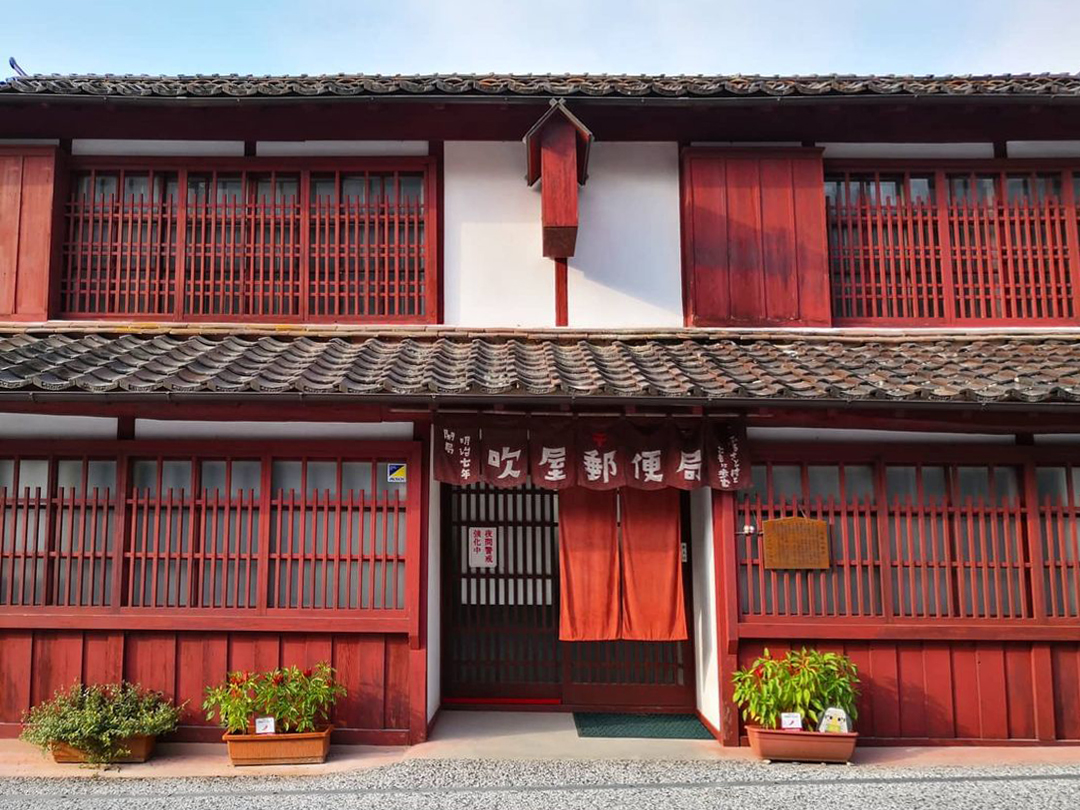
Image adapted from: @priasababe
Even today, this cohesive colour scheme creates visually impressive landmarks, such as the Fukiya Post Office that’s still running today.
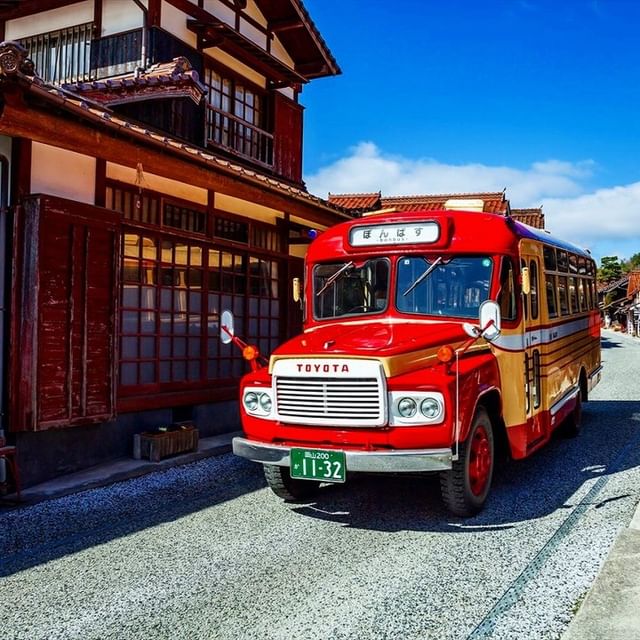
Image credit: @okayamakr
From July to September 2022, visitors had the opportunity to take a 10-minute ride on a distinctive red bonnet bus, which brought them around the town. While there’s no word on whether the bus will make its return soon, we sincerely hope so.
Living history from the Meiji Period
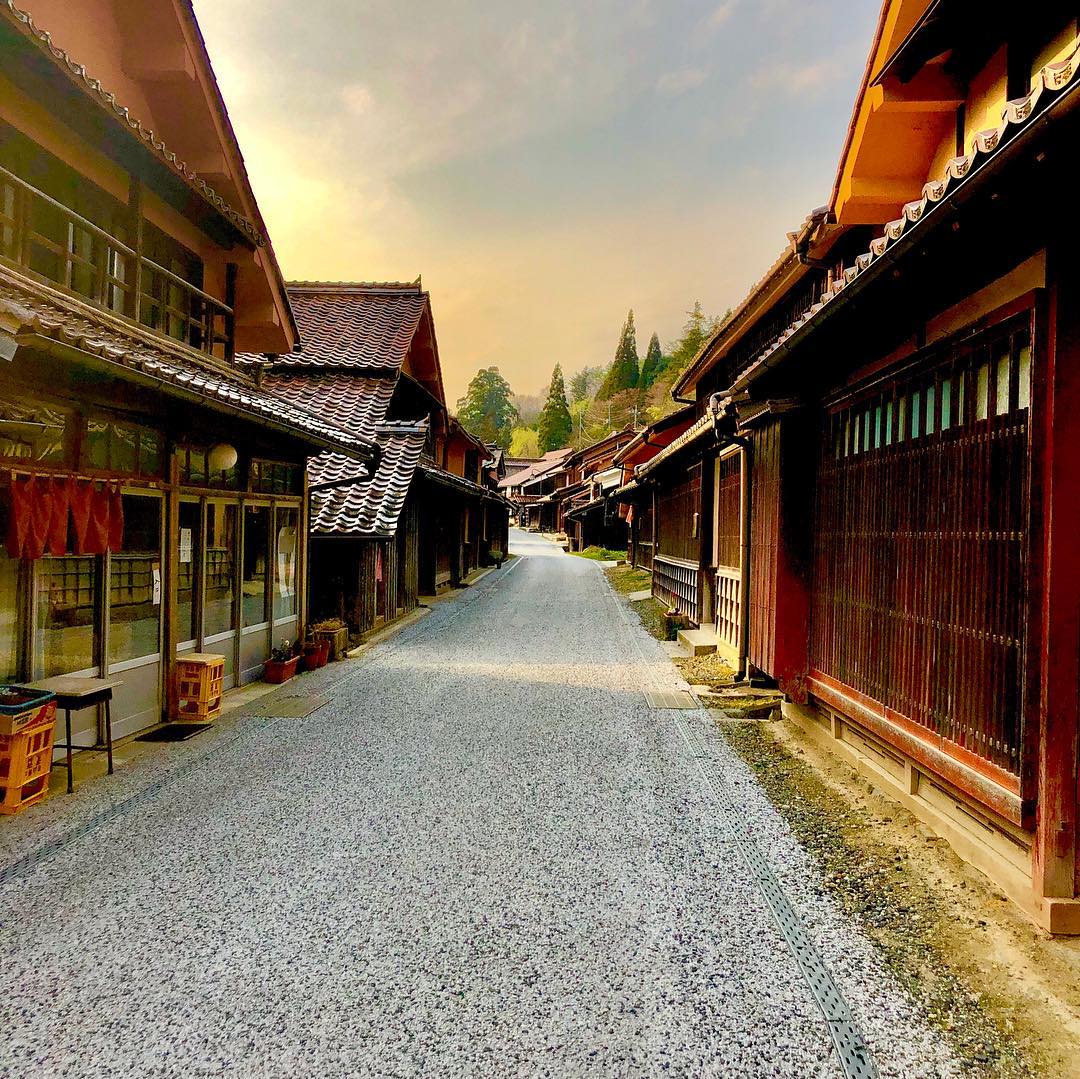
Image credit: @norikojapan
Every day, the setting sun basks the Fukiya Furusato Village in a beautiful warm glow that enhances the nostalgic beauty of this well-preserved town.
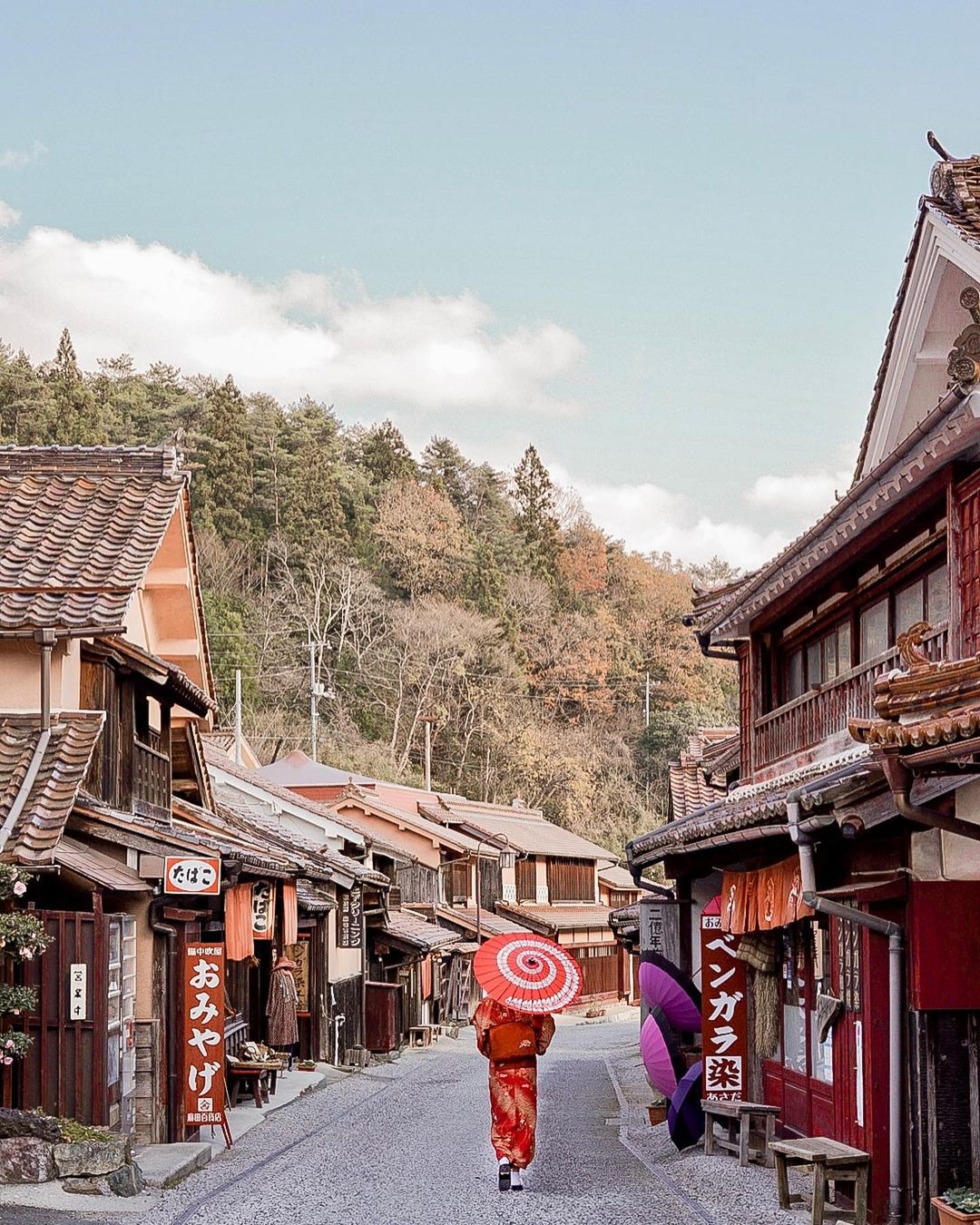
Image credit: @meyoutravels
Walk down the winding streets and you’ll find yourself transported back in time to the Meiji period. The town served as a backdrop for period films such as Yatsuhakamura (1996) and Gokumon-tō (1977). Both films were adapted from mystery novels by Seishi Yokomizo, who’s known as the “Agatha Christie of Japan”.
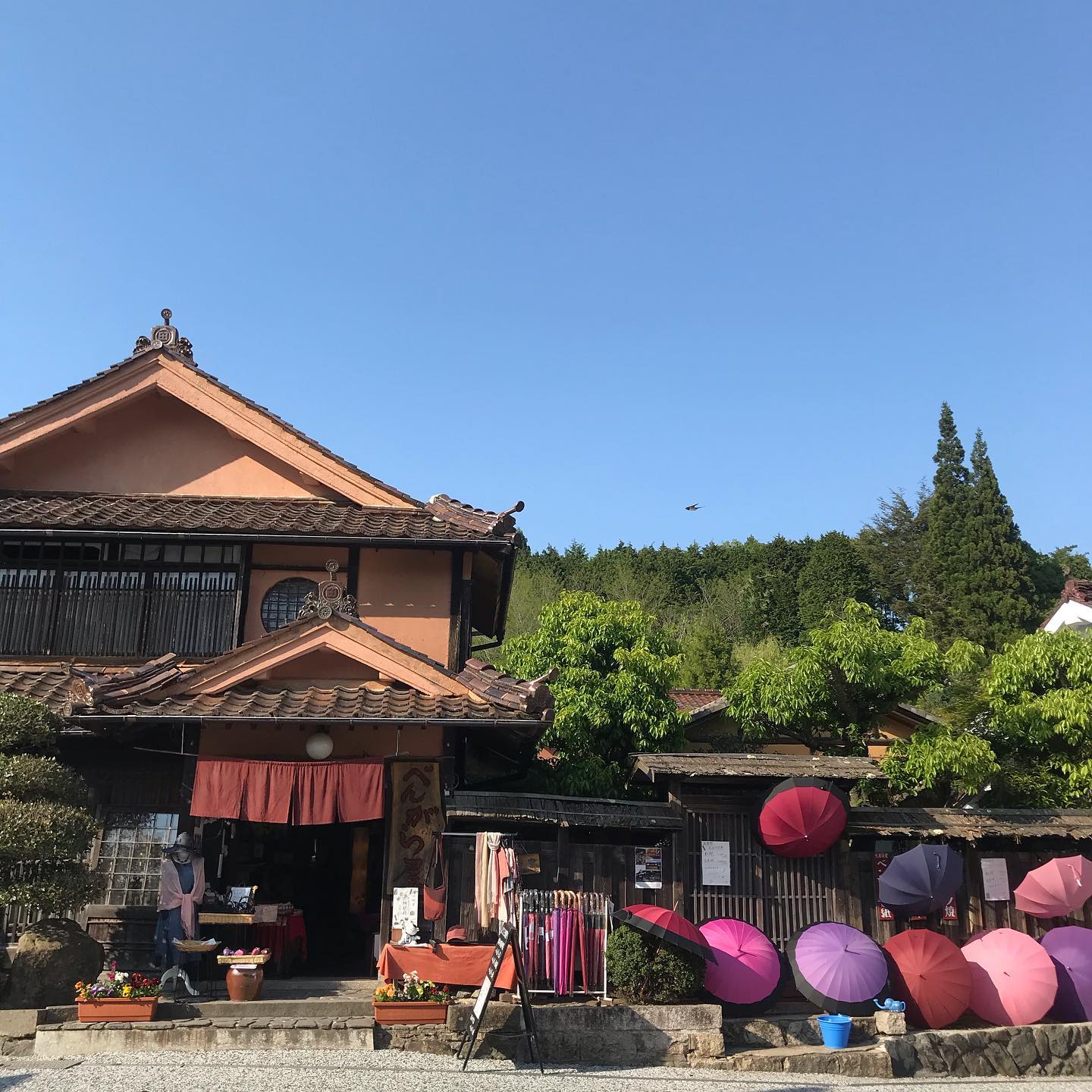
Image credit: @825take
Apart from traditional architecture, ancient trades that make use of the bengara colour pigment have also been kept alive to the present day by merchants and artisans still dealing in the trade. Villagers make clothing, handbags, and umbrellas dyed with the pigment.
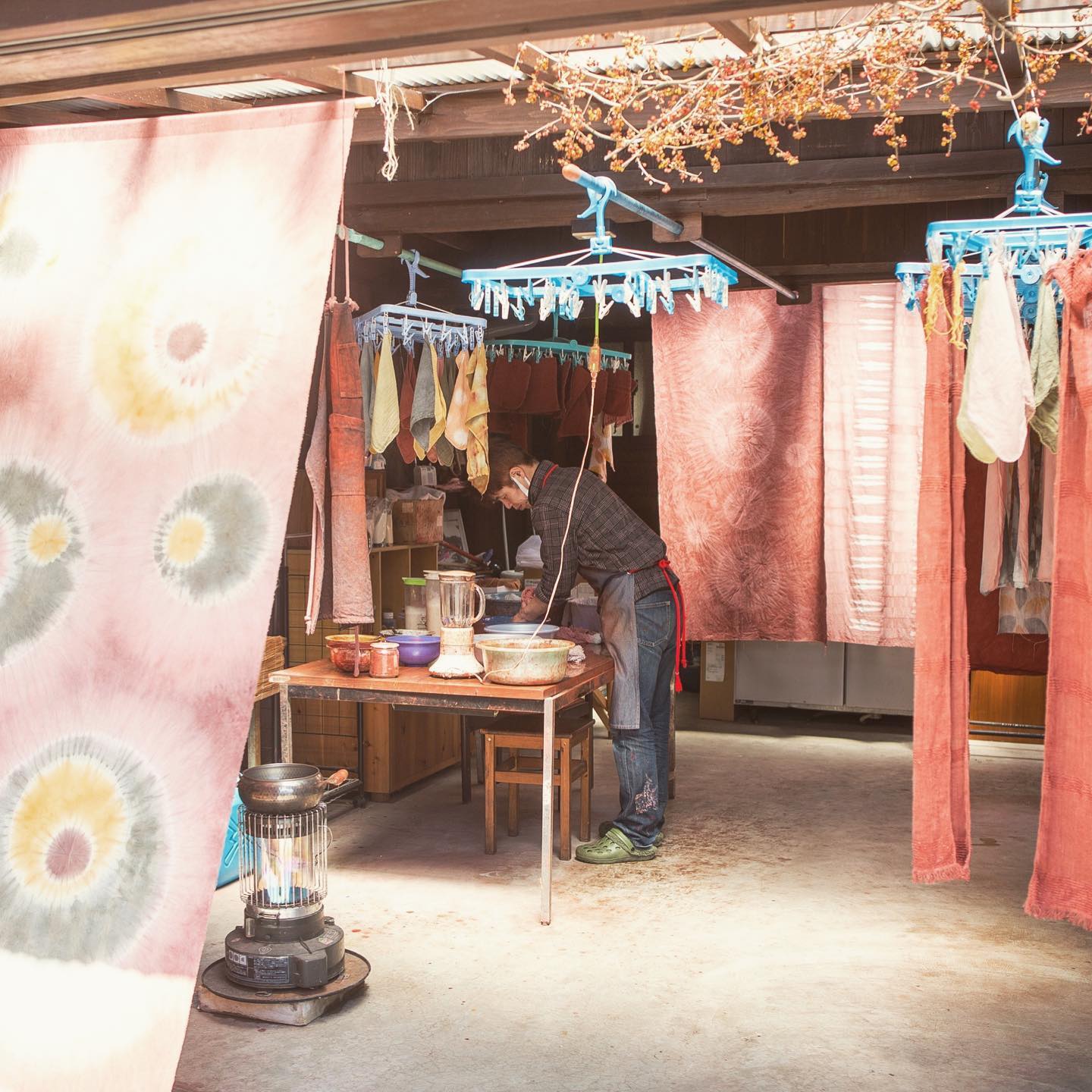
Image credit: @yimjoongbin
There’s even a bengara museum that displays the entire dyeing process. For an entry fee of ¥300 (~USD2.20), you can learn more about the art behind this beautiful red colour, and even purchase your own red mementos from the shop.
Colour-coordinated & well-preserved townscape
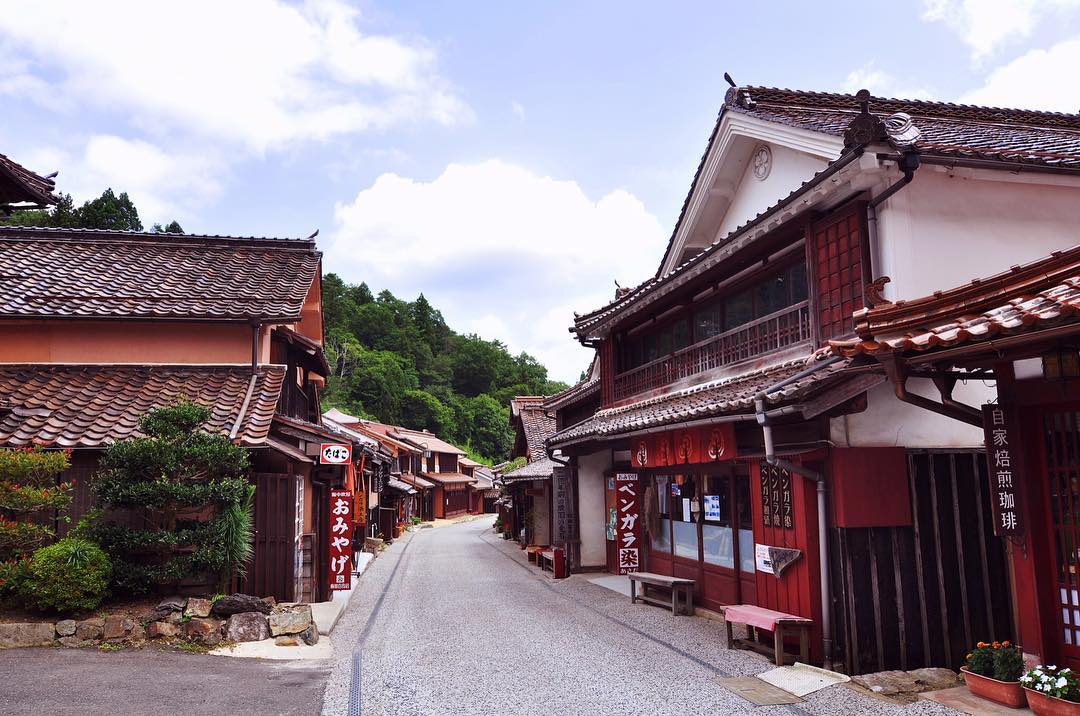
Image credit: @naonori8148
Apart from its historical trades, the legacy of Fukiya Furusato Village is also carried forward through its architecture.
From the Edo period (1603-1868) to the Meiji period (1868-1912), the village flourished as the biggest mining town of its kind. Rather than building individual mansions to flaunt their wealth, as was customary of property expansion then, village merchants consulted master carpenters to create a uniform look for the entire area – a collaborative effort well ahead of its time.
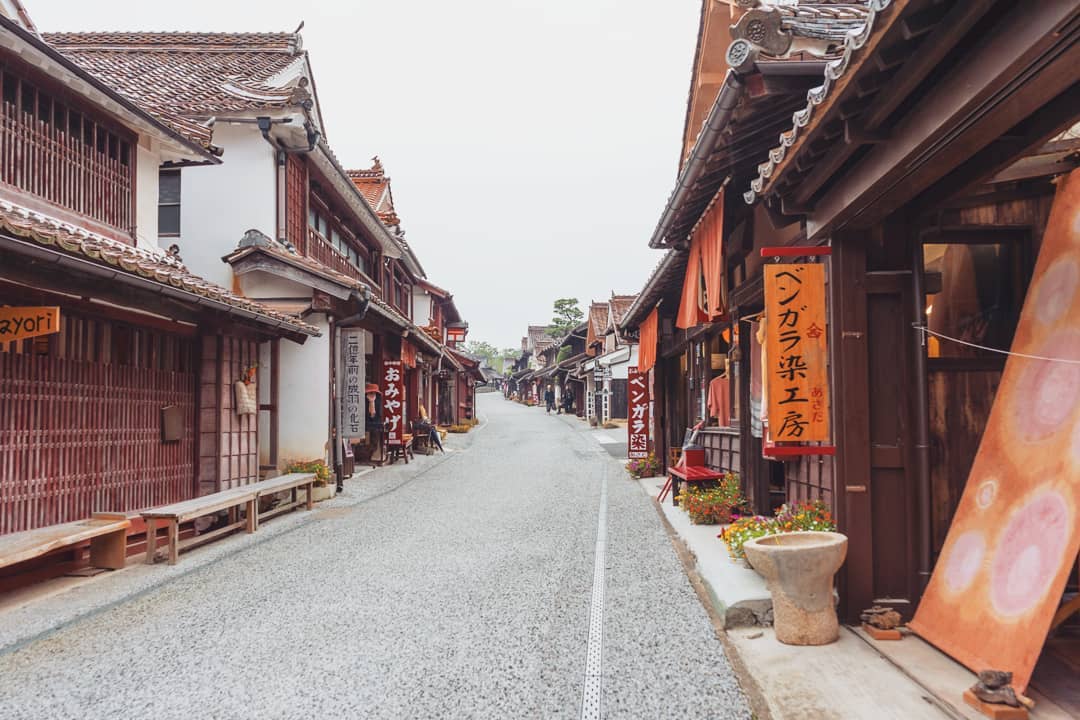
Image credit: @greenwood_tree
Today, the village is neatly lined with traditional houses that retain a nostalgic touch with their cohesive red exterior and style.
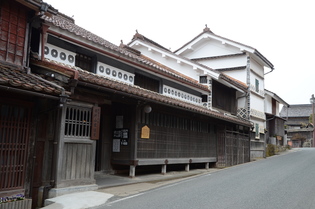
Image credit: 高梁市観光協会
The Former Katayama Residence and Fukiya Historical Museum are converted from mansions that belonged to some of these wealthy merchants. Travellers can visit the mansions by purchasing a combined ticket (¥500, ~USD3.66), which allows them access to both locations.
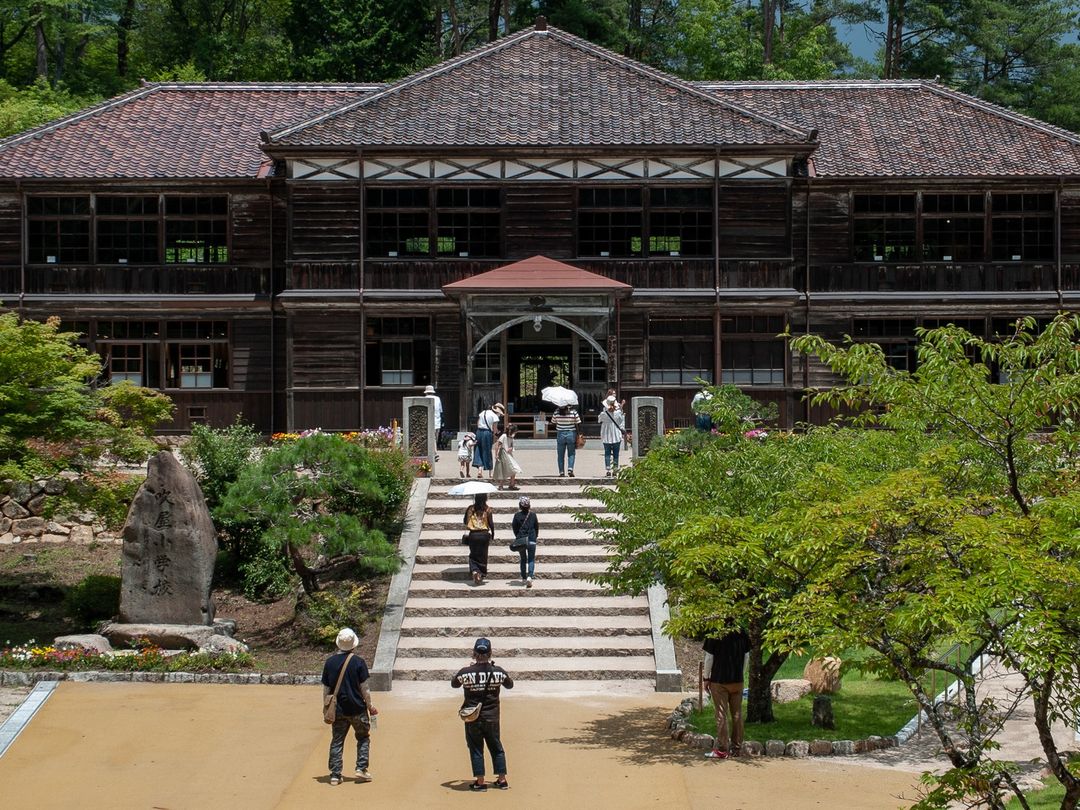
Image credit: @anonym.jp
Fukiya townspeople’s teamwork brought the former Fukiya Elementary School Building to life. Said to be the oldest wooden school building in Japan, it operated from 1900 to 2012.
Now, it mainly functions as a gathering spot for visitors, who come together to craft calendars made from carved wood prints that depict tourist spots in the area.
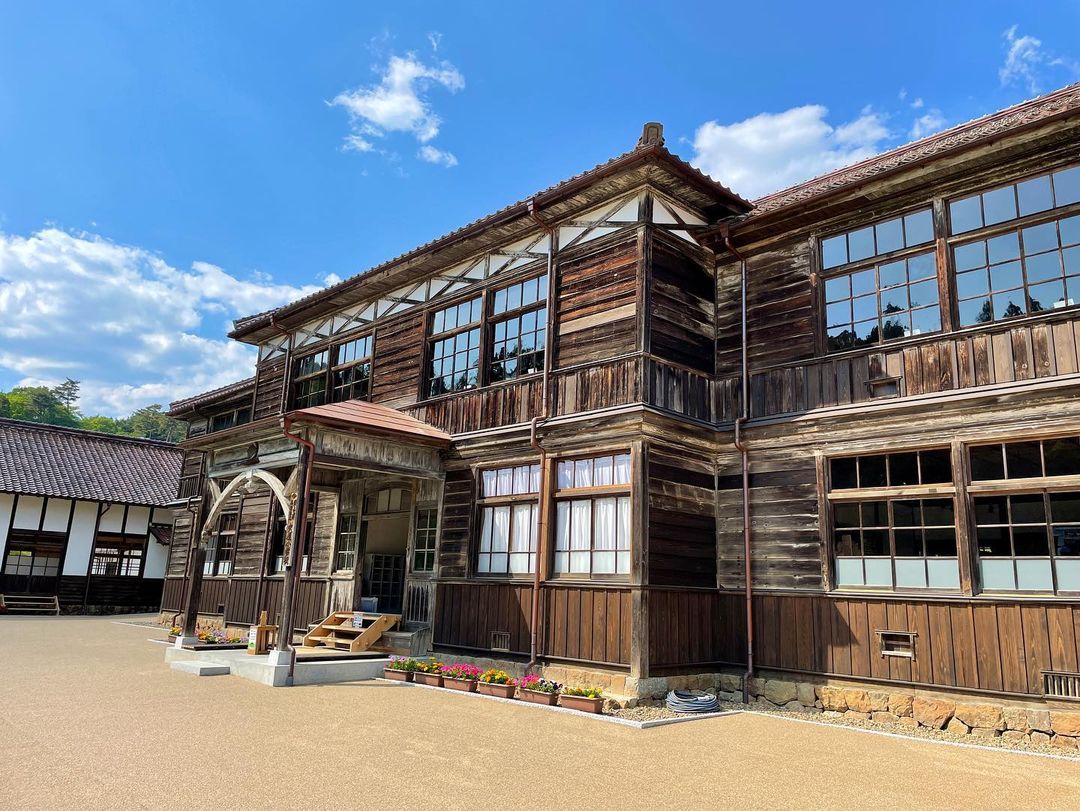
Image credit: @goooon_mco
In 1977, Fukiya Furusato Village was appointed as Okayama Prefecture’s official furusato mura (古里村; hometown village) and designated as a Preservation District for Groups of Traditional Buildings.
Getting to Fukiya Furisato Village
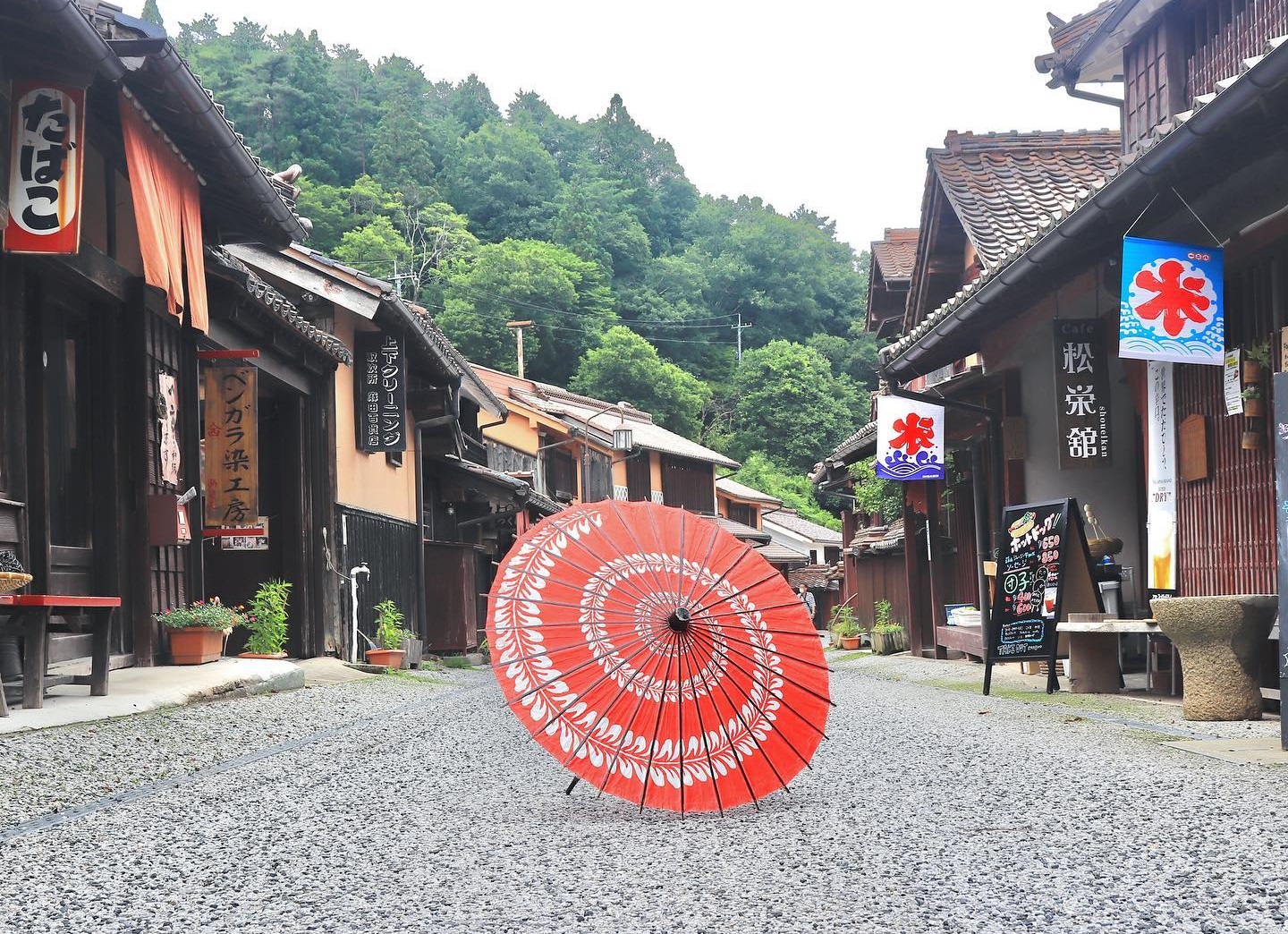
Image adapted from: @8na_8na
Getting there: To see the charming red of Fukiya Furusato Village with your own eyes, head to Bitchu Takahashi Station via the JR Hakubi Line, then hop on the bus specifically designated for the village. There are 3 buses scheduled to and fro daily.
Address: 838-2 Fukiya, Nariwa Town Takahashi City, 719-2341, Okayama
Opening hours: 9am-5pm, Daily. Facilities are closed 29-31 Dec. Opening hours may vary depending on the facility.
Contact: 0866-29-2222 | Takahashi Tourism Guide website
Also check out:
- Preserved Edo period canal with traditional boat tour
- UNESCO World Heritage Site with preserved traditional farmhouses
- 8 traditional Japanese towns
- Gifu Prefecture Guide
- Stunning photos of Japan then and now
Cover image adapted from: Takahashi City Tourist Association, @goooon_mco, @okayamakr
